Overwintering cardinal flowers in zone 6a
Jay 6a Chicago
7 years ago
Featured Answer
Sort by:Oldest
Comments (46)
Related Discussions
Overwintering Cardinal Flower and Umbrella Palm
Comments (4)Hi Jalal: Last winter I let my pond plants sink to to the bottom of the pond after cutting them back to the crown. Imagine my surprise when the cattails had parrots feather growing in them this spring. I didn't need to buy new ones. I used a pop-up laundry hamper. Put my plants in the hamper, tied a rope to the handles and let it sink. This way (if it rotted) everything was contained in the hamper and I could just pull it up and throw it out. I know your pond isn't that deep, but what have you got to lose? The worst that can happen is it doesn't make it and you have to throw it out next spring. Jenny...See MoreTropicals or tropical look-alike for zone 6A
Comments (6)Hardy stuff... bleeding hearts, Hostas, Clematis, Wisteria, Salvias, climbing/rambling roses, Baptisia, Brunnera, Heuchera... wild/unusual foliage. Non-hardy stuff: ...That you can store "naked" like Cannas, elephant ears (Colocasia,) Caladiums, Calla lilies, Gladiolus, sweet potato vine are easy if you have a basement or garage against the house. Lantana, Persian shield (Strobilanthes dyerianus,) Bougainvillea, Mandevilla, others can be brought inside after light frost defoliates them and stored in much less light than a normal house plant would tolerate, small/north windows, middle of a room, basement with shop lights. Ugly but usually works if you don't overwater. If the house meets the ground/has a basement, against the house can be a microclimate for zone cheating. Mirabilis jalapa (4'o'clocks,) Cannas, Bananas, are commonly reported overwintering in Z 5 & 6 microclimates. There are also big piles of leaves, boxes with Christmas lights, and other tricks used outside. Things you can grow from seed always help decorate, and keep things interesting and colorful, like Castor bean, hyacinth bean vine, Nasturtiums, Borage, Coleus, Basil, Zinnias. The presence of butterflies always makes things seem more tropical to me. The last 3 I mentioned make flowers prized by butterflies and hummers....See MoreWill wineberry and maypop plants survive in zone 6A?
Comments (5)Thanks nmfruit, i will try to make a suitable microclimate for the plants. They are in a fenced in area. The area is also shaded by a mulberry tree. In the fall i will mulch heavily with wood chips and leaves. I just consider them unique because you can't buy these items in grocery stores. My garden specializes in things most people haven't heard of like - red,black,white curants ; jostaberry, honeyberry, apple serviceberry, gooseberry, saskatoon berry, arctic raspberry, musk strawberry, highbush cranberry, concord grape, catawba grape, niagara grape, maypop, wineberry, nanking bush cherry, joel and joy bush cherry, black and purple tomatoes, and pink lemonade blueberry. Im sure I'm forgetting some :) Of course I also grow regular red and black raspberries, blueberries, and blackberries. I've been really enjoying my red raspberries and tomatoes this year. I cant wait for my other plants to get bigger. I plan to add a lot more to my garden next year!...See Moresmall tree with widest "arching canopy" for zone 6a?
Comments (15)10' is barely even in the tree category!! You will have a hard time finding anything tree-like with that size limitation and with a wide spreading canopy. Even the serviceberries, generally considered a small scaled tree, will get taller than that. I think that to get the canopy spread you are looking for to establish a shade garden, you will need to revise your height limitations. If you do that, then certain ornamental crabs ( Cardinal, Donald Wyman, Indian Magic, Red Jade, Sargentii) produce low spreading canopies. Cornus kousa var. chinensis also produces a very broad canopy in comparison to height. Various Japanese maples would work as well, although you really want to limit the underplanting involved with them due to issues with root disturbance....See MoreJay 6a Chicago
7 years agoJay 6a Chicago
7 years agoJay 6a Chicago
7 years agoJay 6a Chicago
7 years agoJay 6a Chicago
7 years agoJay 6a Chicago
7 years agoJay 6a Chicago
6 years agoJay 6a Chicago
6 years agolast modified: 6 years agoJay 6a Chicago
6 years agoJay 6a Chicago
6 years agolast modified: 6 years agoJay 6a Chicago
6 years agolast modified: 6 years agoJay 6a Chicago
6 years agoJay 6a Chicago
6 years agolast modified: 6 years agoJay 6a Chicago
6 years agoJay 6a Chicago
6 years agocaroline sawyer
6 years agodbarron
6 years agoLynda Waldrep
6 years agoJay 6a Chicago
5 years agolast modified: 5 years agoJay 6a Chicago
5 years agodbarron
5 years ago
Related Stories
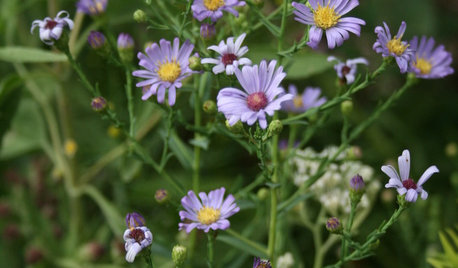
NATIVE PLANTSAutumn Joy: How to Get 3 Months of Fall Flowers
Enjoy blooms from September to November by mixing 6 asters native to different areas of the U.S.
Full Story
GARDENING GUIDES15 Native Flowers That Feed Native Bees
These perennials offer superfood to hundreds of bees and are gorgeous in their own right
Full Story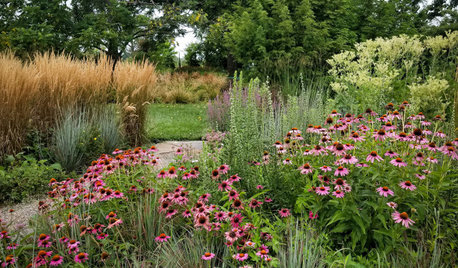
FALL GARDENING20 Favorite Flowers for the Fall Landscape
Vivid blooms and striking shapes make these annuals and perennials a delight in autumn gardens
Full Story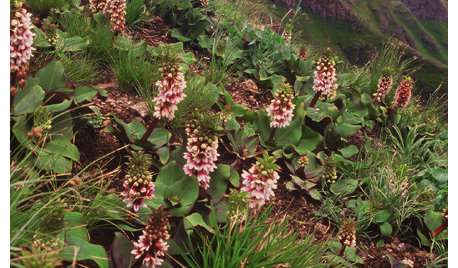
GARDENING GUIDES3 Exotic Flowers From the South African Wild
Add an enticing note to a garden border or patio container with these sophisticated and memorable African plants
Full Story
GARDENING GUIDES10 Deer-Resistant Native Flowers to Plant This Fall
Learn about natives that embrace some kinds of wildlife but resist grazing deer
Full Story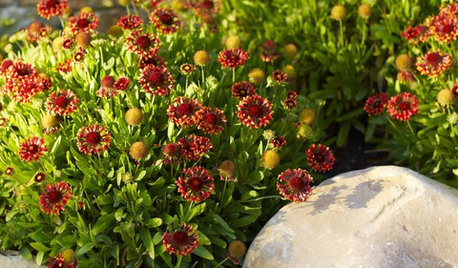
GARDENING FOR BUTTERFLIESGreat Design Plant: Blanket Flower Brings Year-Round Cheer
It's irresistible to wildlife, but this wildflower's drought tolerance, copious blooms and versatility draw human fans too
Full Story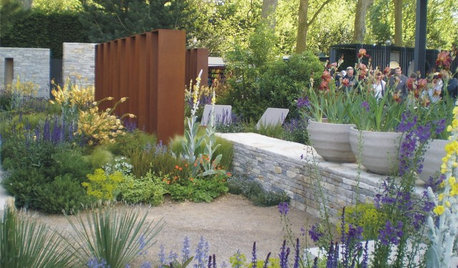
GARDENING GUIDES9 Self-Seeders Capture Chelsea Flower Show Magic
Give your garden show-worthy style with these plants beloved by top designers
Full Story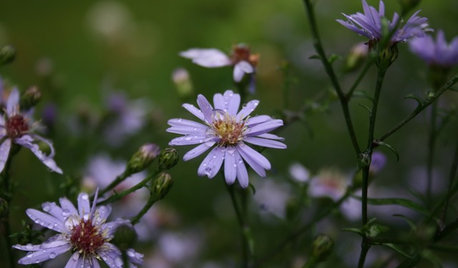
FLOWERS6 Overlooked Asters for Tough Spots
Whether your garden has baking sun or dry dense shade, boggy soil or sandy gravel, there's an aster for that
Full Story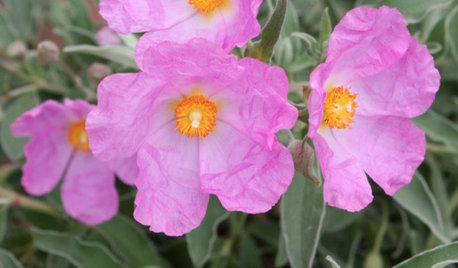
GARDENING GUIDESGreat Design Plant: Rockrose
Dry summer heat and poor soil won't quell the profuse papery blossoms of rockrose, a low-maintenance champion
Full Story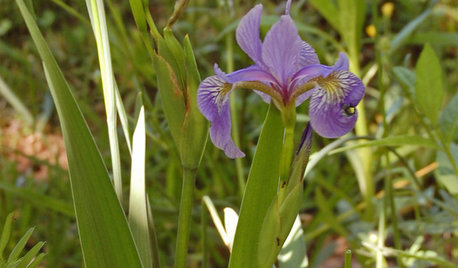
GARDENING GUIDESGreat Design Plant: Iris Versicolor
A versatile native iris for bridging wet and dry gardens
Full StorySponsored
Exquisite Landscape Architecture & Design - “Best of Houzz" Winner



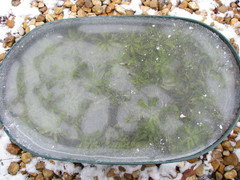
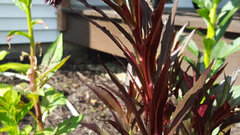
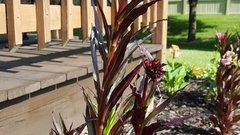
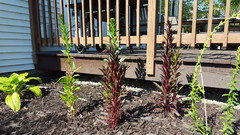



dbarron